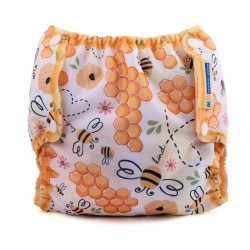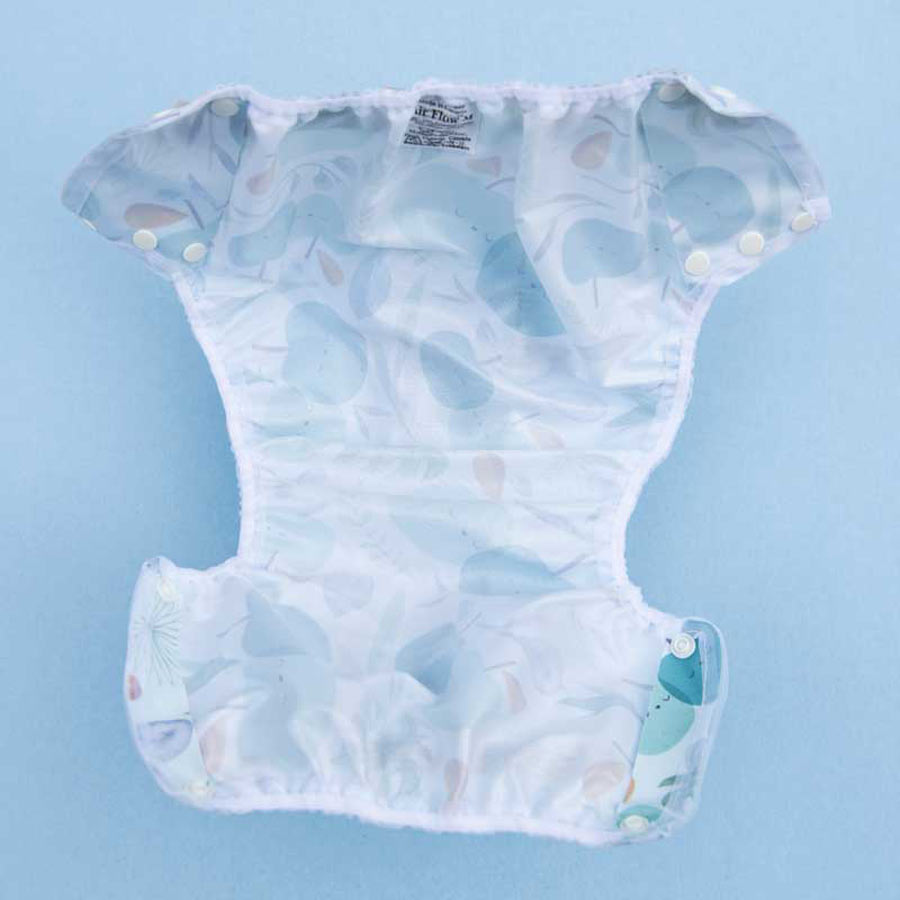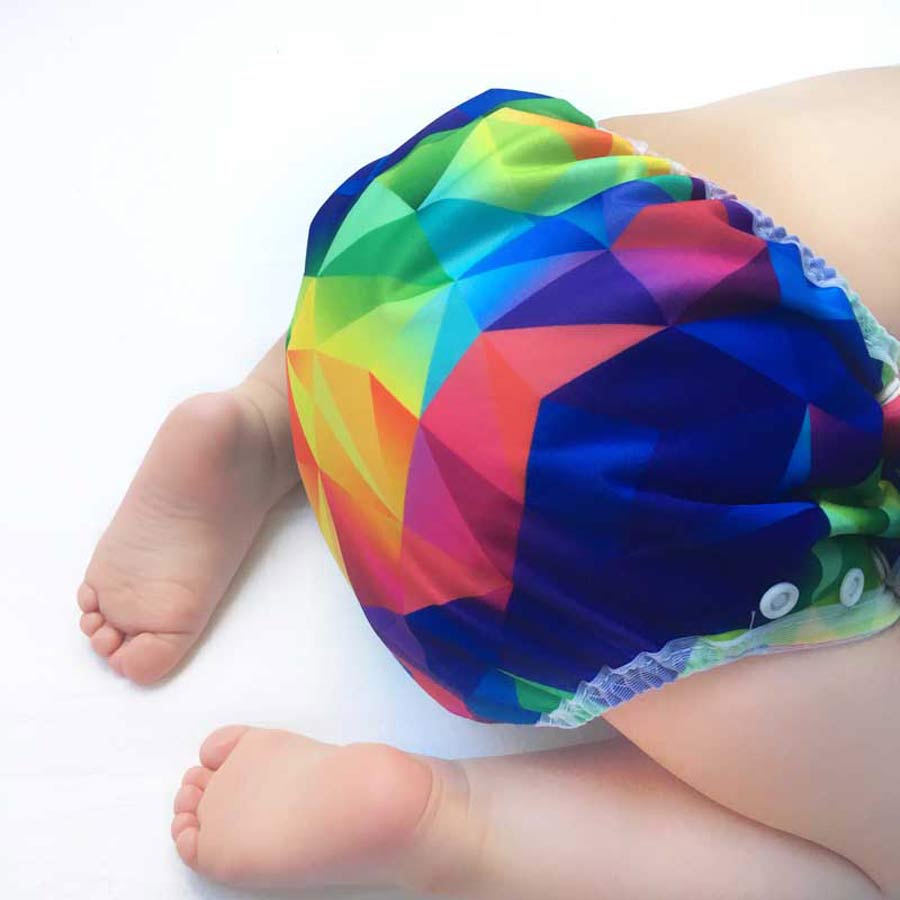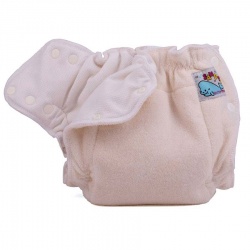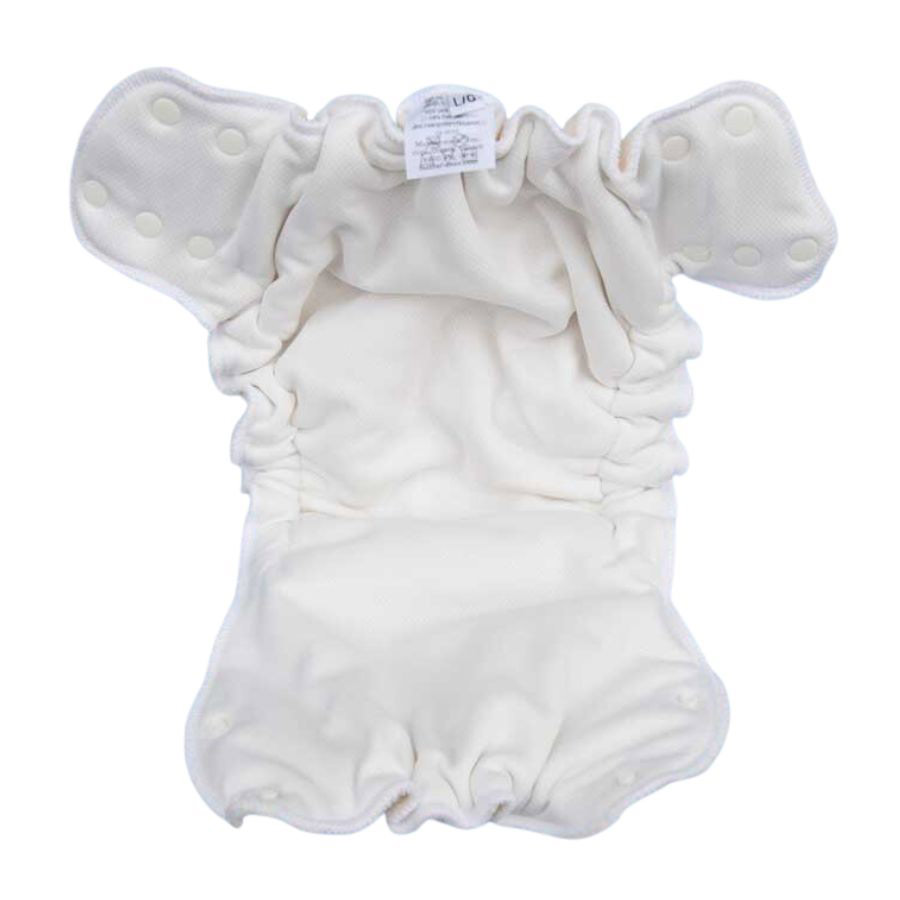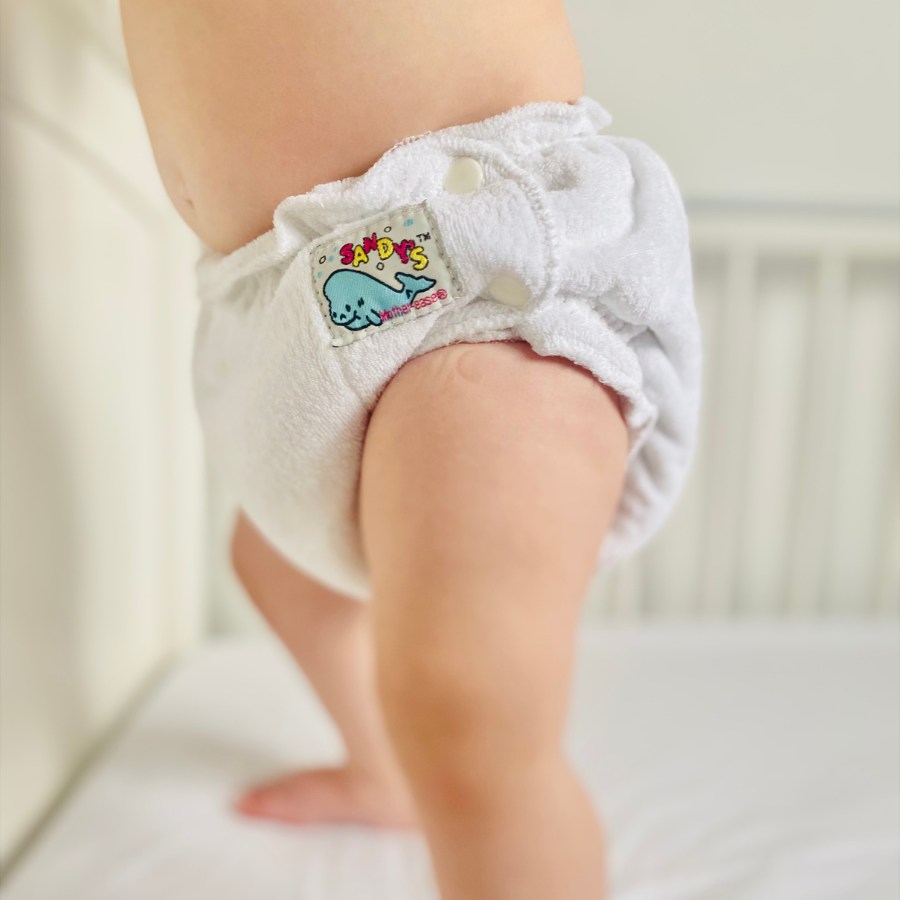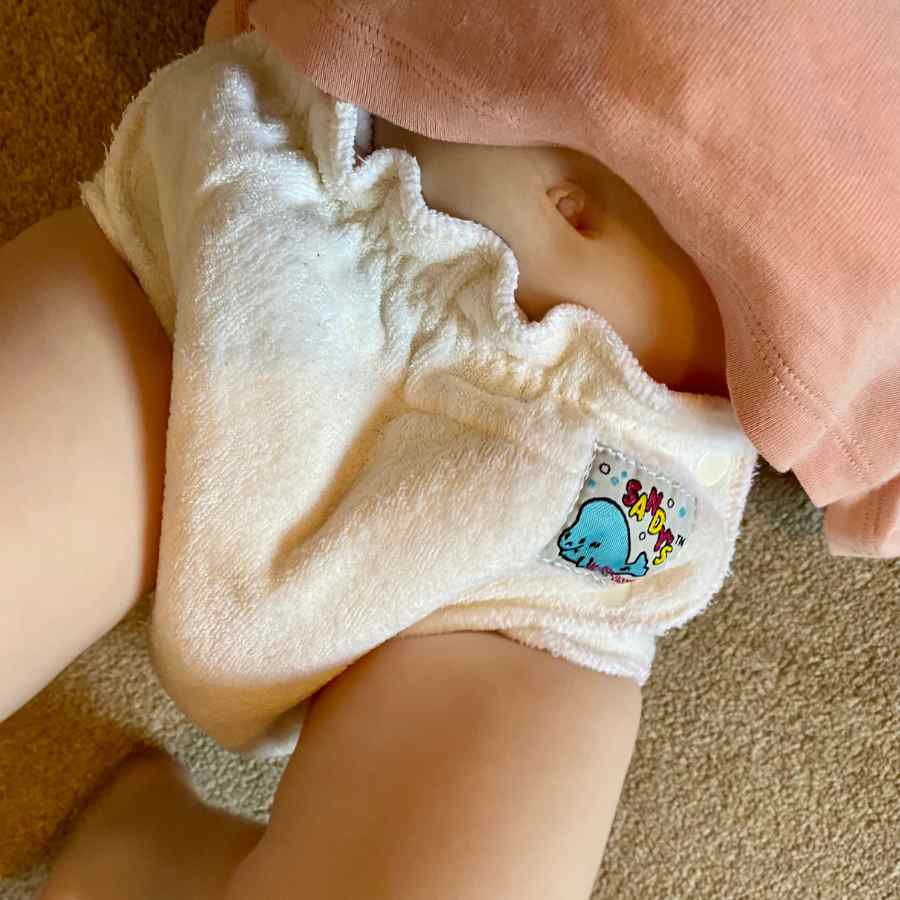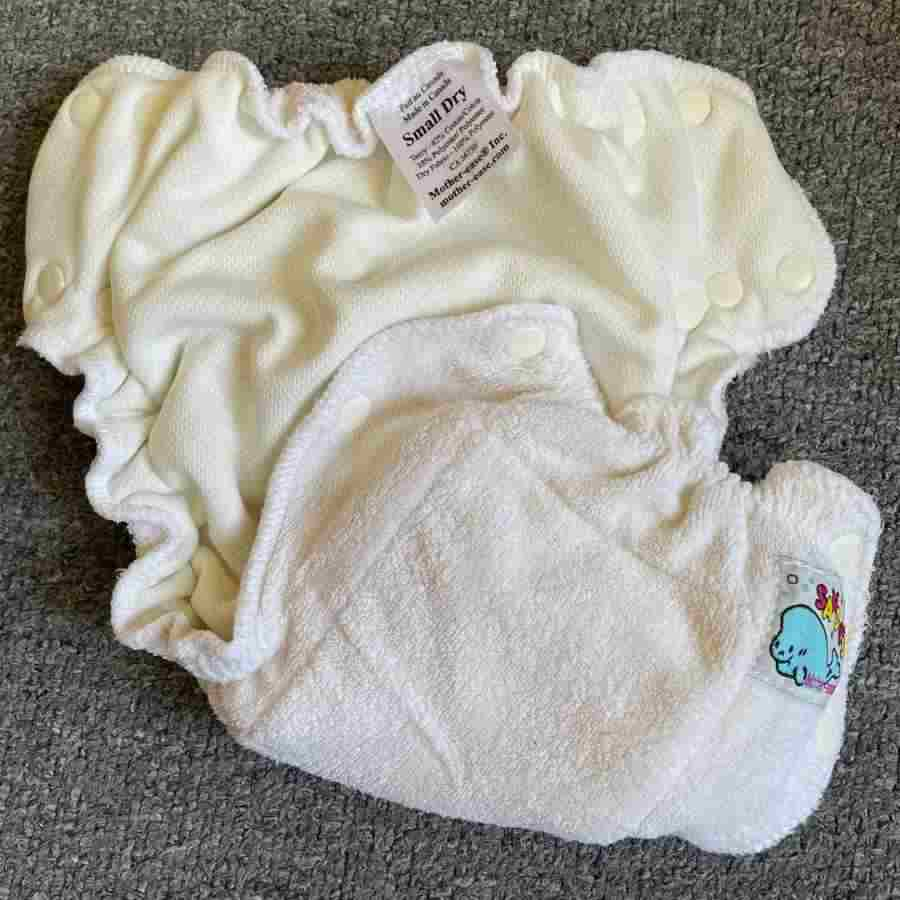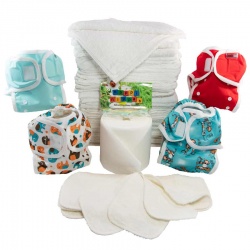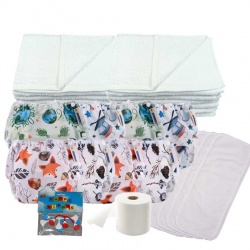What Do Reusable Nappy Sizes Mean For Your Baby

If you’re puzzled by reusable nappy sizes, you’re not alone. Choosing the correct size ensures your baby’s comfort and prevents leaks, and each label from ‘birth-to-potty’ to weight-specific measurements serves a purpose. Learn “what do reusable nappy sizes mean” for your child as we provide a straightforward explanation, helping you make informed decisions without the guesswork.
Key Takeaways
-
Birth-to-potty or Onesize nappies are adjustable for a snug fit as your baby grows and can last from a few months old up to potty training age, making them economical.
-
Different types of reusable nappies available include the pocket, fitted, and flat nappies, offering various levels of adaptability, absorption, and ease of use based on the baby’s size and growth.
-
Ensuring a proper fit is critical with reusable nappies to avoid leaks, with adjustments needed as your baby grows; proper care in washing and drying extends nappy longevity.
Understanding Reusable Nappy Sizes
Embarking on the reusable nappy journey introduces you to a new sizing system, distinct from the single-use disposables.
Reusable nappies, also known as cloth nappies, are designed to grow with your baby, offering a tailored fit that evolves with your baby’s changing body. Unlike disposables, which you buy in bulk for each size, cloth nappies often come as one-size nappies or in sizes that adjust for a perfect fit over time.
If you want the perfect fit consider the Little Lamb Bamboo Fitted Nappy , Motherease Sandys or the Mother-ease Sized Wrap, which gives you the flexibility to match the nappy size to your baby’s current stage of growth.
Birth-to-Potty Nappies
Onesize nappies are the marathons runners of the nappy world - they’re in it for the long haul. Designed to be adjustable, they feature front poppers and rise snaps that allow you to alter both the length and width, providing a snug fit from when your baby is a tiny tot until they’re ready for potty training. While they’re termed "onesize" or ‘birth-to-potty’, they generally fit best when your baby has grown a bit, around 3 months old, to really take advantage of the adjustable design.
With these nappies, you’re essentially equipping your little one with a nappy that grows alongside them, making them a practical and economical choice for many parents.
Newborn Nappies
Newborn nappies are the welcoming committee for your baby’s entrance into the world. They come equipped with special features like umbilical cord cut-outs to protect your newborn’s delicate belly button area and are made to be extra tiny and snug fitting. They generally offer lower absorbency as newborns are changed every 2 hours (same change frequency in reusables and disposable nappies) for the first few months.
These nappies are designed to fit during those first few precious weeks, up until your baby is about 12lbs, which is usually around 3 months of age. Once they outgrow these, it’s time to graduate to the more versatile one-size or birth-to-potty nappies.
Brands like Motherease Wizard Uno newborns, Bimbles and Little Lovebum have crafted newborn nappies that cradle your baby in comfort during this initial stage.
One-Size Nappies
When it comes to convenience, one-size nappies are a game-changer. They’re crafted to grow with your baby, meaning you won’t need to learn a new nappy system as your baby sprouts up. Adjusting the waist size with poppers or Velcro and elasticated design, these nappies cater to a range of body types, crossing over at the front for those tinier tummies. While they can be used from birth, some families find them more suitable when their baby hits the 5-6-kilogram mark, as they offer a more tailored fit at this stage.
You can learn more and see how they adjust on our onesize photo guide.
Also known as ‘birth to potty’, these nappies are a one-stop-shop for your baby’s nappy needs from infancy through to the toddling years. Many parents often wonder how many nappies they’ll need during this time.
Bigger Nappies
If you have a high percentile baby you'll probably already be aware how quickly they can outgrow some clothes and the normal sizes ranges don't always apply. This can be the same for reusable nappies. While a onesize nappy will fit most children until potty training, those who are on a higher percentile may outgrow this before potty training and require bigger nappies.
Consider The Bumper, Toddlease, Bamboozle XL, Trima Plus, Little Lovebum Might Max.
Types of Reusable Nappies and Their Sizes
Venturing deeper into the nappy realm, we encounter various designs, each with its own charm and functionality. From pocket nappies with their clever insert pouches to fitted nappies that hug your baby’s contours, there’s a nappy to suit every preference. Flat nappies keep things simple and effective, while all-in-one nappies offer a convenient, no-fuss solution.
There are generally four main sizes of diapers:
-
Newborn (size 0) for the littlest ones from birth to around 3 months
-
Infant (size 1) from "almost" birth 8-18lbs
-
Onesize (size 2): takes over from 10-35lbs or approx 2 months up to potty training
-
XL (size 3): or the strapping toddlers who need a little more time before they say goodbye to nappies
Pocket Nappies
Dive into the world of pocket nappies, where a waterproof cover and a soft fleece lining come together to form a pocket for absorbent inserts. This design allows for customizable absorbency, letting you:
-
Add or remove inserts as needed
-
Adjust the absorbency level to suit your baby’s needs
-
Use different types of inserts, such as bamboo or hemp, for different absorbency options
Pocket nappies are a versatile and convenient option for those choosing to use a cloth nappy, as opposed to a disposable nappy.
Pocket nappies are almost always onesize nappies.
Fitted Nappies
Fitted nappies are snug little packages that offer superb poo containment, thanks to their two-part system design (nappy and separate wrap). With fastenings like poppers or Velcro, they provide a secure closure that keeps everything in place. These are the bomb proof option of the reusable nappy world.
If you’re looking for a nappy that can handle even the messiest of situations with grace, fitted nappies might just be your best friend.
Fitted nappies usually come in a range of sizes Size 0 newborn up to Size 3 XL to guarantee you the best fit whatever the age or weight of your baby.
Flat Nappies
Flat nappies are the old-school choice with a twist of modern ingenuity. They epitomize simplicity and adaptability – think of a terry square nappy that can be folded in various ways to suit your baby’s size and shape. While they need fastening with something like a Nappy Nippa, they’re incredibly cost-effective and can be adjusted for a comfortable fit that helps prevent leaks.
Terry squares come in a range of sizes the same as fitted nappies however the vast majority of users only buy 60cmx60cm terry squares which are the onesize option.
Making Sense of Weight Ranges and Age Guidelines
When it comes to nappy selection, weight ranges and age guidelines are your compass. As baby gets older it's common for families to no longer take them to be weighed on a regular basis. If you have bathroom scales at home a simple subtraction method using bathroom scales, helps you pinpoint the right nappy size.
While babies tend to fall into specific nappy sizes, sometimes the weight range might overlap, offering a choice between sizes. In such cases, considering the baby’s length and overall build can be the tiebreaker. And if you’re still in doubt, leaning towards the larger size is often the safer bet.
Weight Range Considerations
If your little one’s weight surpasses the upper limit of their current nappy size, it’s time to move up a size to ensure the nappy remains comfortable and effective. If you are unsure which is the best choice please do not hesitate to check with us via live chat we'll be more than happy to help.
Tips for Ensuring a Proper Fit
The quest for the perfect fit is crucial in the realm of reusable nappies. A well-fitting nappy prevents leaks and keeps your baby comfy, but it requires a bit of know-how to get it just right. Whether you’re using pocket nappies, fitted, or flat, the right fit will ensure your baby’s nappy is as reliable and comfortable as can be.
Adjusting Waist and Length
Getting the waist and length right is a fine art. Using the poppers on the front of the nappy, you can adjust the rise to fit your baby’s current size. It’s like tailoring a custom outfit – position the nappy just above the hips, ensure there’s room for movement, and adjust the poppers for a snug fit without being too tight.
As your baby grows, you’ll need to revisit these adjustments to maintain that perfect fit.
Checking for Gaps and Tightness
Once you’ve got the waist and length set, it’s time to check for gaps and tightness. The nappy should sit comfortably below the belly button, allow room for movement, and not leave any deep marks on the skin however elastic "sock marks" are normal. Snug elastics, even positioning, and a solid leg seal are your checkpoints to prevent leaks.
When to Size Up
Keep an eye out for the tell-tale signs that your baby’s nappy is becoming a tight squeeze. Red marks more pronounced than gentle pressure indications or consistent leaks are your cues to move to a larger size.
Regularly evaluating the fit of the nappy will help you stay on top of sizing changes as your baby grows, keeping them comfortable and leak-free.
Caring for Your Reusable Nappies
Proper care for your reusable nappies is the secret to their longevity and performance. To wash reusable nappies, follow the right washing, drying, and storing methods, which not only maintains the fabric but also ensures they remain effective use after use. Washing reusable nappies correctly is essential for their long-term performance.
Washing Guidelines
When wash day rolls around, follow these steps to keep your nappies fresh and absorbent:
-
Start with a pre-wash rinse to remove the bulk of the mess.
-
Follow with a long wash cycle using the recommended detergent.
By following these steps, you can ensure that your nappies stay clean and effective.
Remember, not letting soiled nappies sit for more than two days is crucial to prevent fabric damage.
Drying Techniques
Drying your nappies effectively is just as important as washing them properly. Here are some tips for drying your nappies:
-
Utilise sunny days or indoor airers to air dry nappies
-
Opt for a cool tumble dryer setting if you’re in a pinch
-
Fitted nappies might take a bit longer to dry due to their design, so plan accordingly
Whatever method you choose, ensure good airflow and avoid high heat to protect the nappies’ fabric.
Storing Soiled Nappies
Before you get to washing, storing soiled nappies properly is key.
A mesh laundry bag in a nappy bucket or a hanging wet bag will keep them contained and ready for laundry day.
Summary
You’ve now mastered the art of reusable nappies! From understanding the different sizes and styles to ensuring a snug fit and taking good care of them, you’re all set to provide your baby with a comfortable, eco-friendly nappy experience. Embrace this sustainable choice, knowing you’re making a positive impact on the environment while keeping your little one dry and happy.
Frequently Asked Questions |
|---|
How do you know what size nappy to use?You can determine the size of the nappy to use based on the weight range of your baby. |
At what age are birth-to-potty nappies most effective?Birth-to-potty nappies are most effective from around 3 months of age when the baby has grown enough to fit the adjustable design properly. They can last until the child is potty trained. |
Can I use a hot tumble dryer setting for my reusable nappies?No, it's best to use a cool tumble dryer setting for reusable nappies to prevent potential fabric damage. |
How often should I wash my reusable nappies?You should wash your reusable nappies every other day to keep their fabric and effectiveness intact. This will help ensure they stay clean and functional. |
Is it necessary to use a special detergent for reusable nappies?Yes, it's important to use a recommended detergent and the proper amount to avoid residue build up on the nappies. This helps maintain their effectiveness in cleaning. |
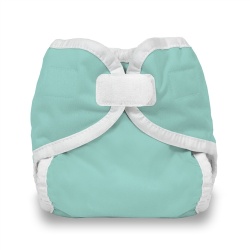
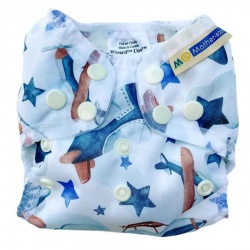
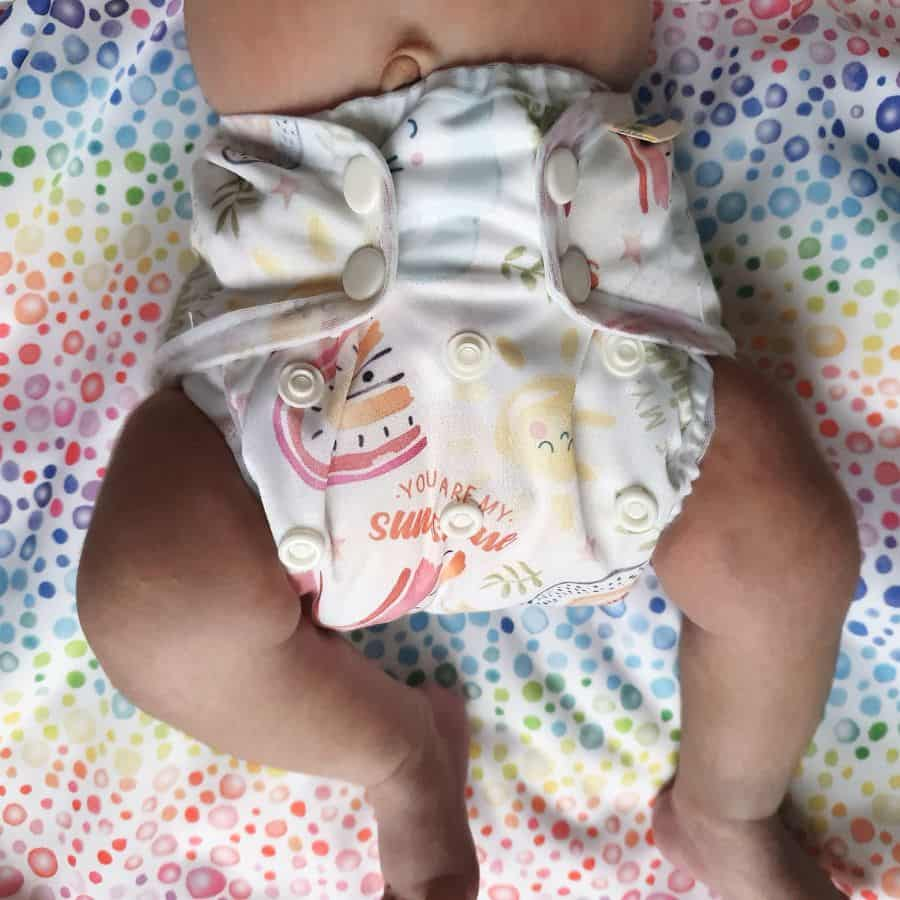
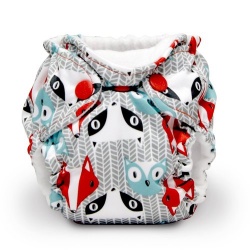
.jpg)
.jpg)
.jpg)
.jpg)
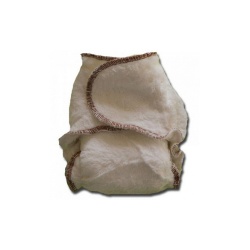
.jpg)
.jpg)
.jpg)
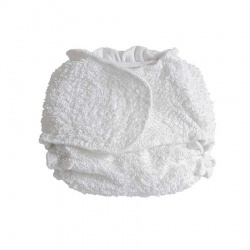
.jpg)
.jpg)
.jpg)
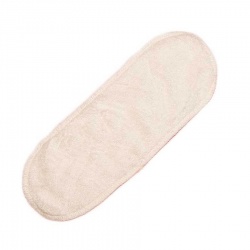
.jpg)
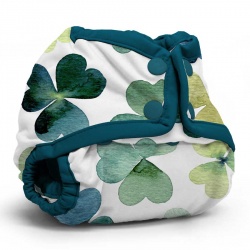
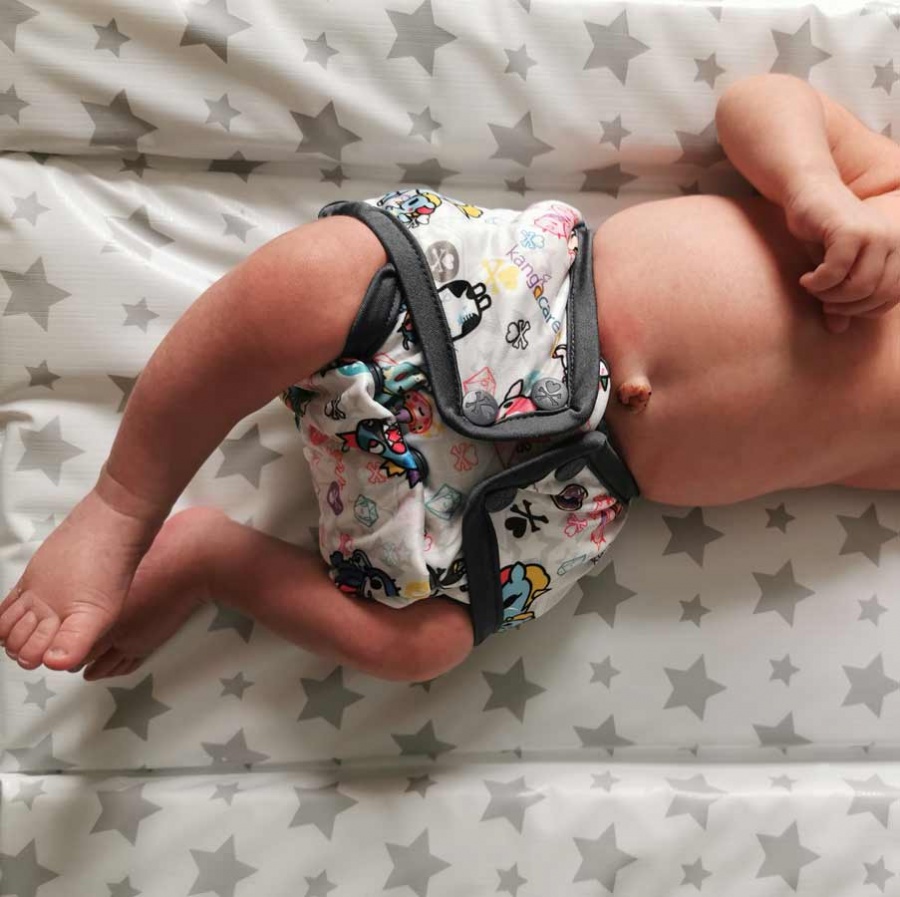
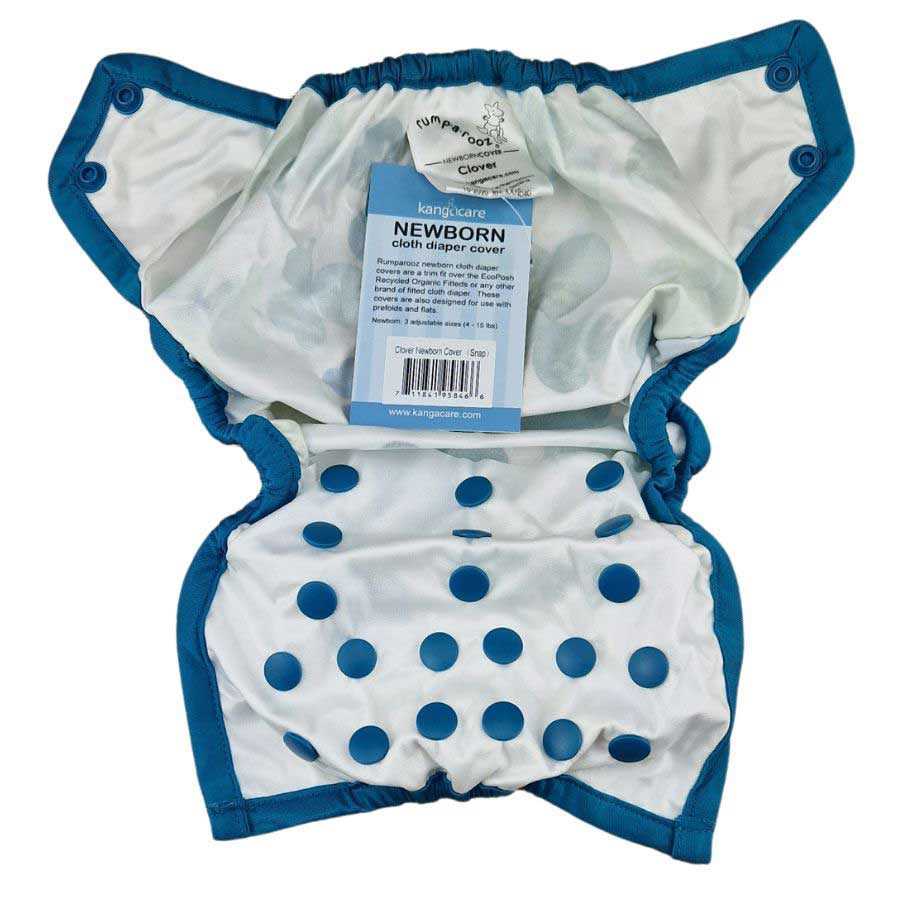


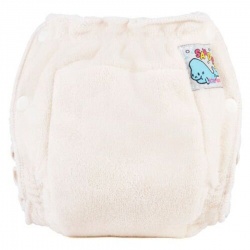
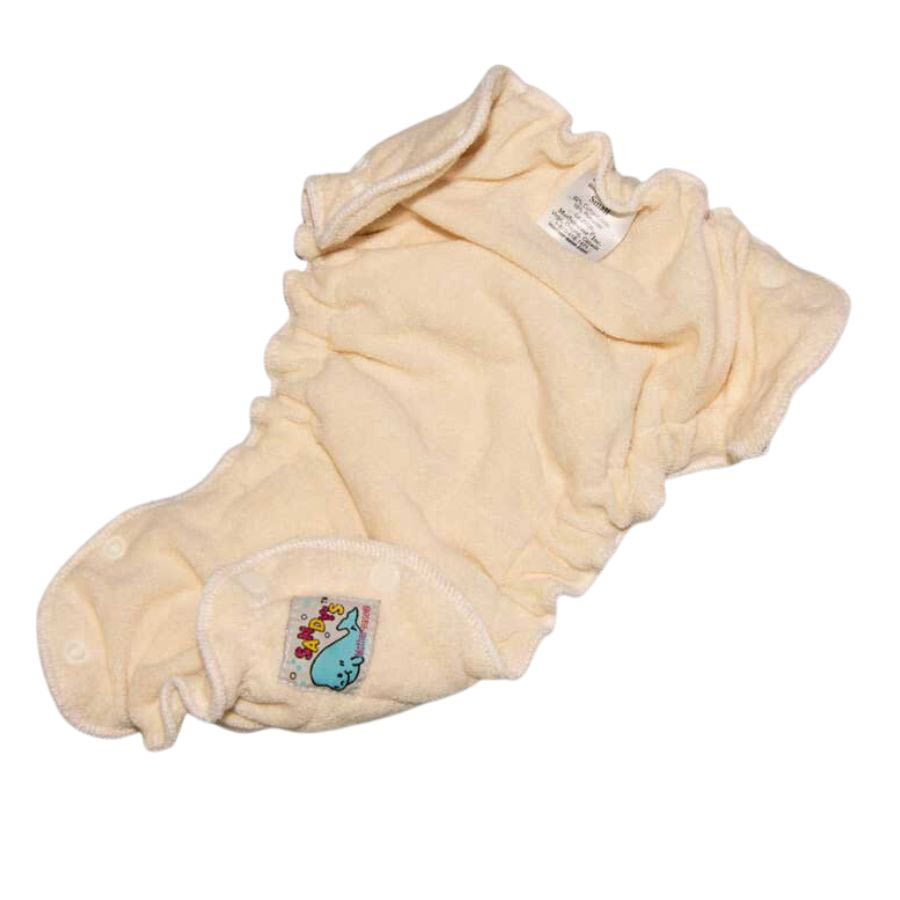
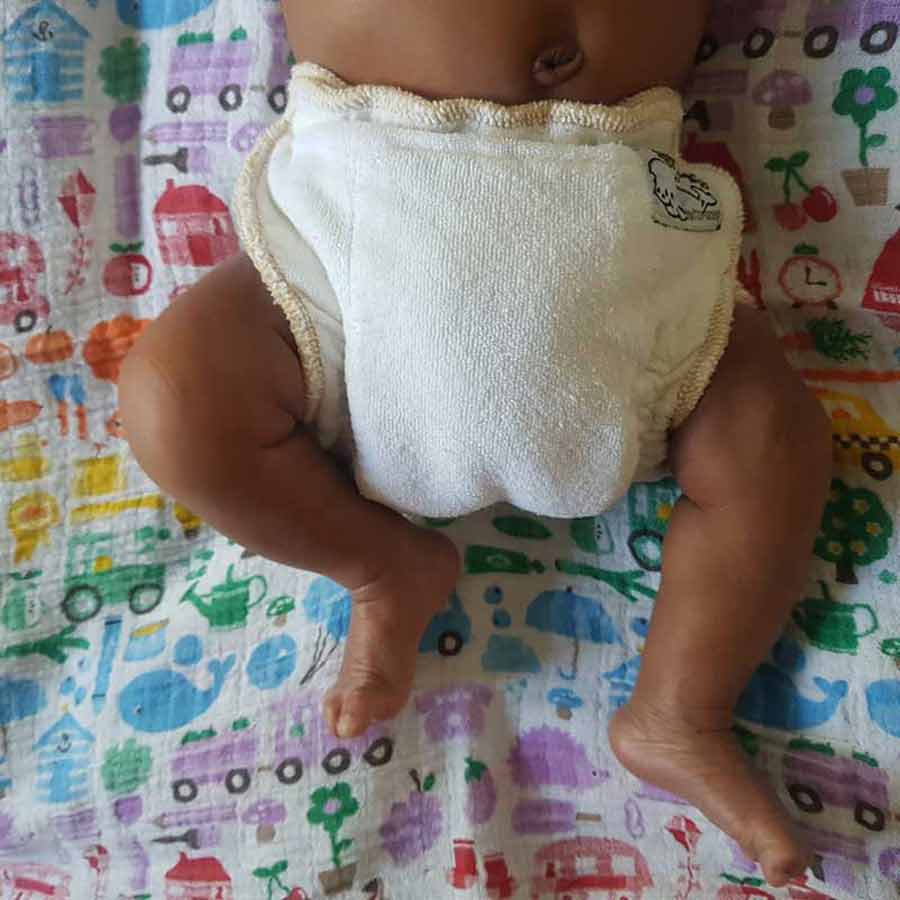
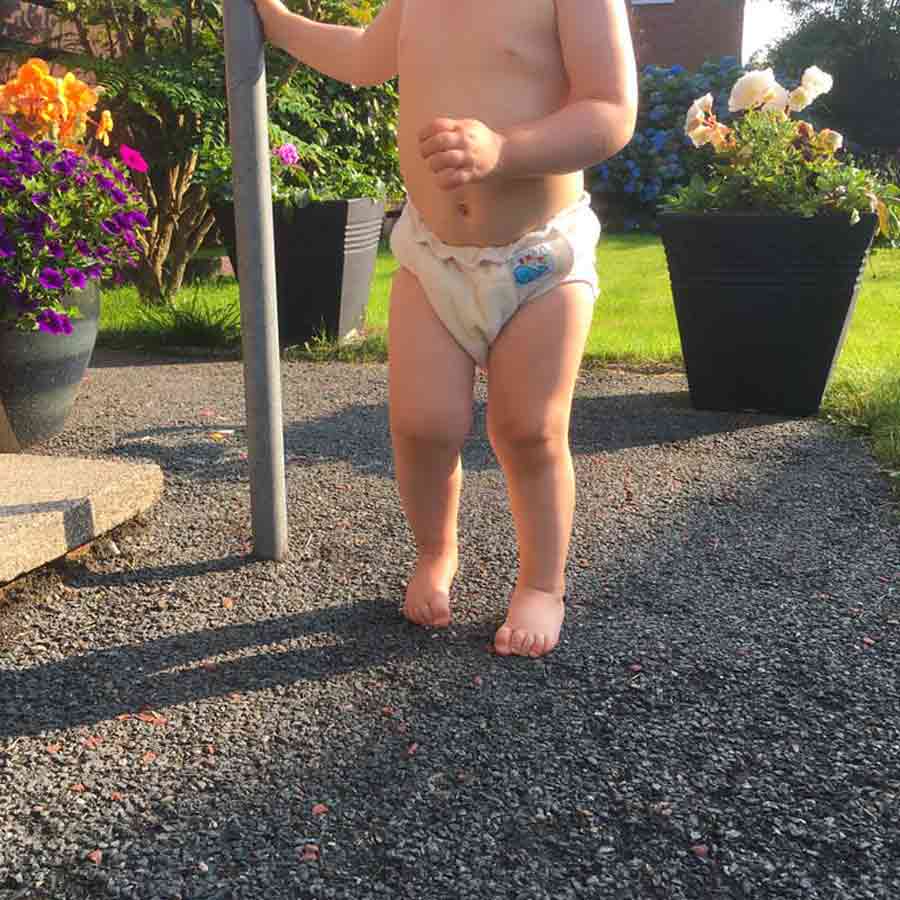
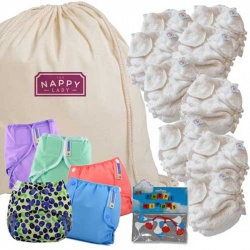
.jpg)
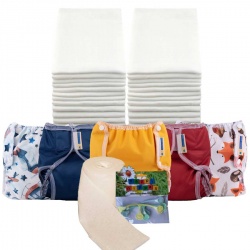
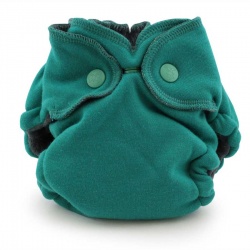
.jpg)
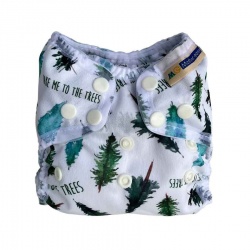
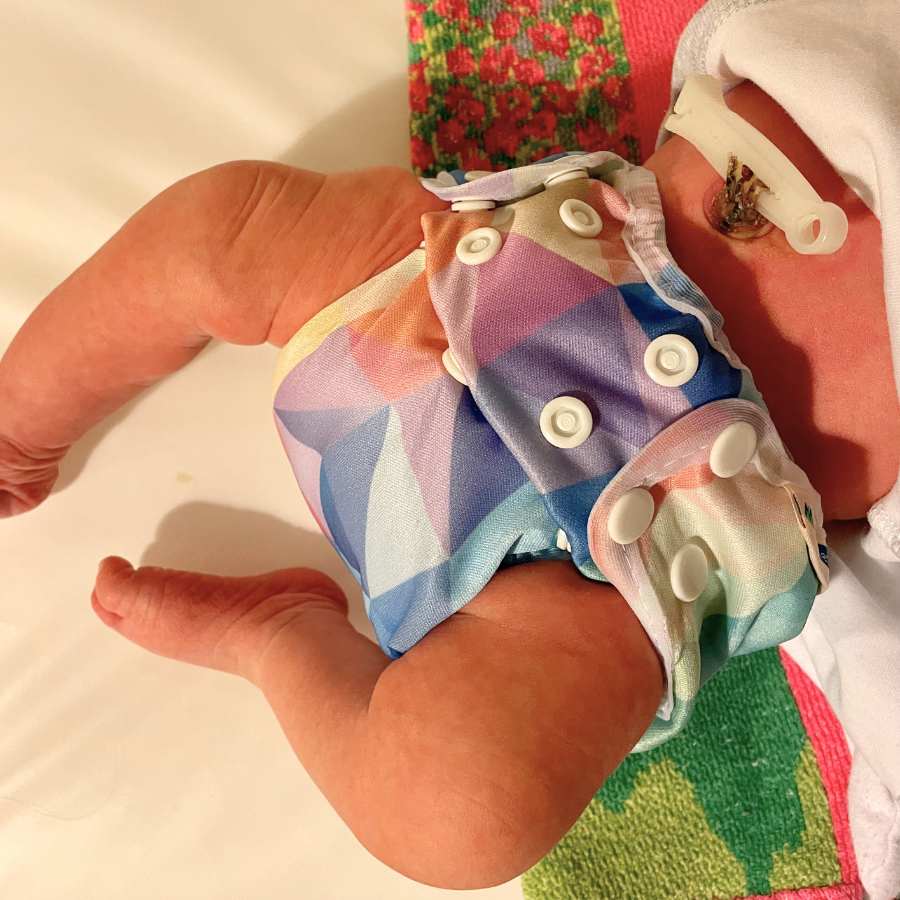
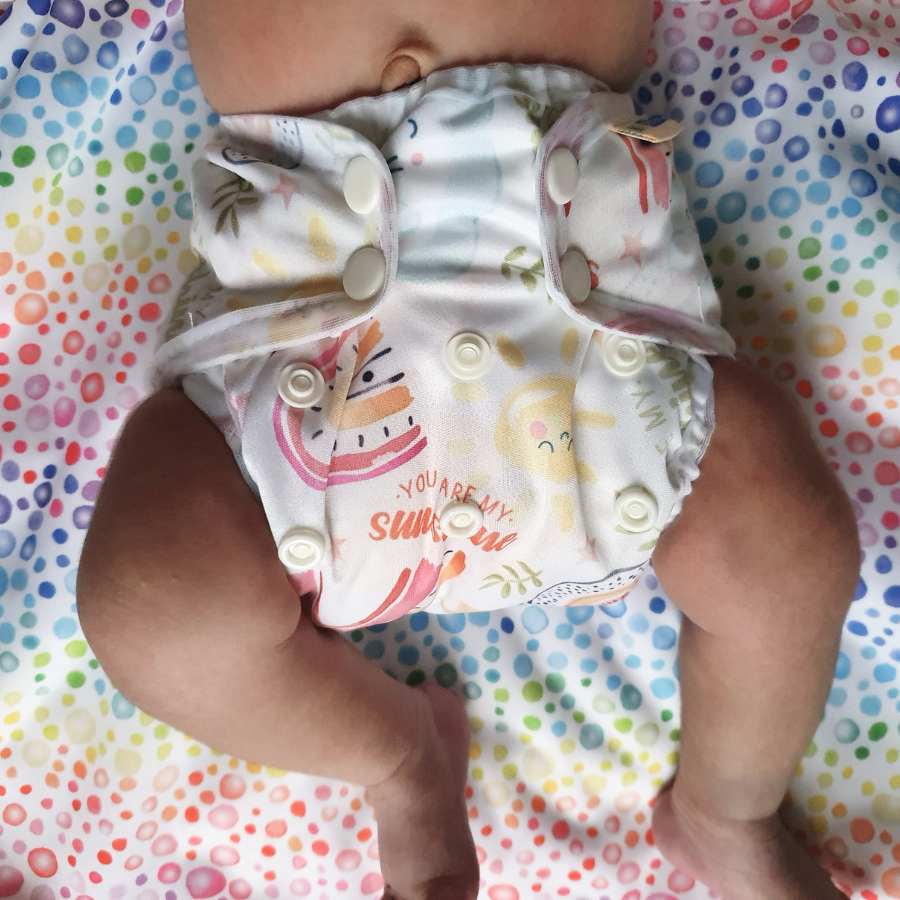
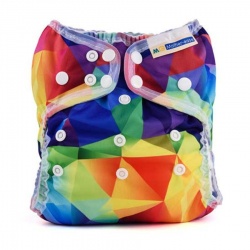
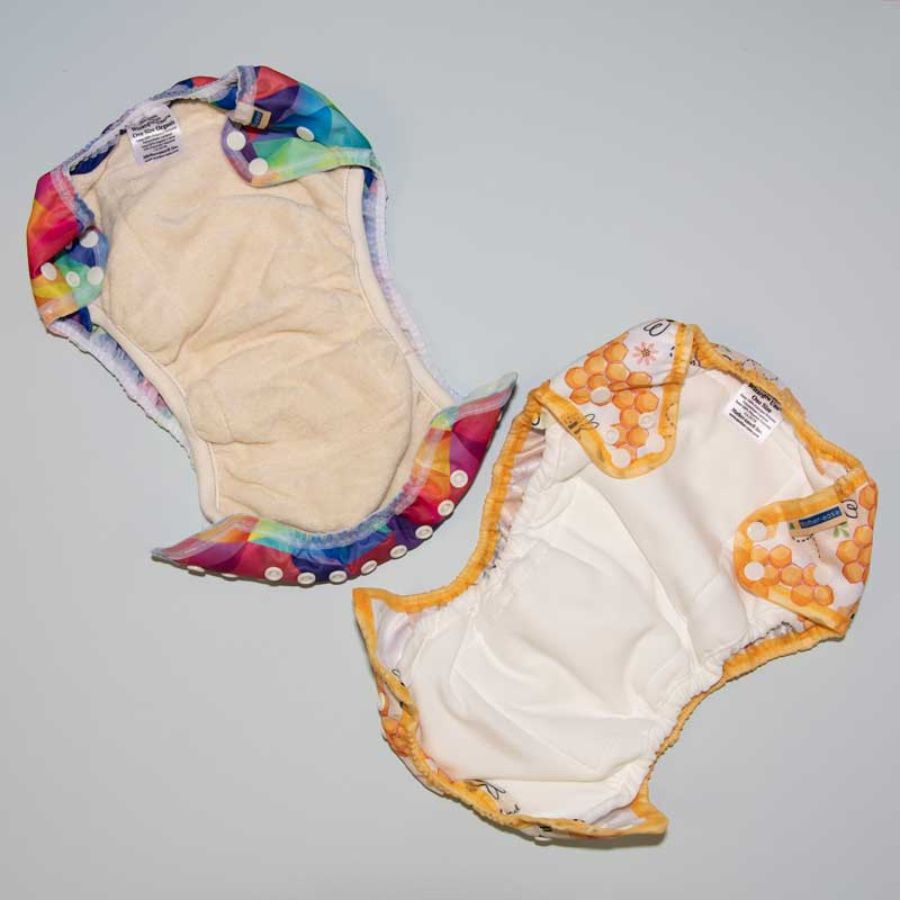
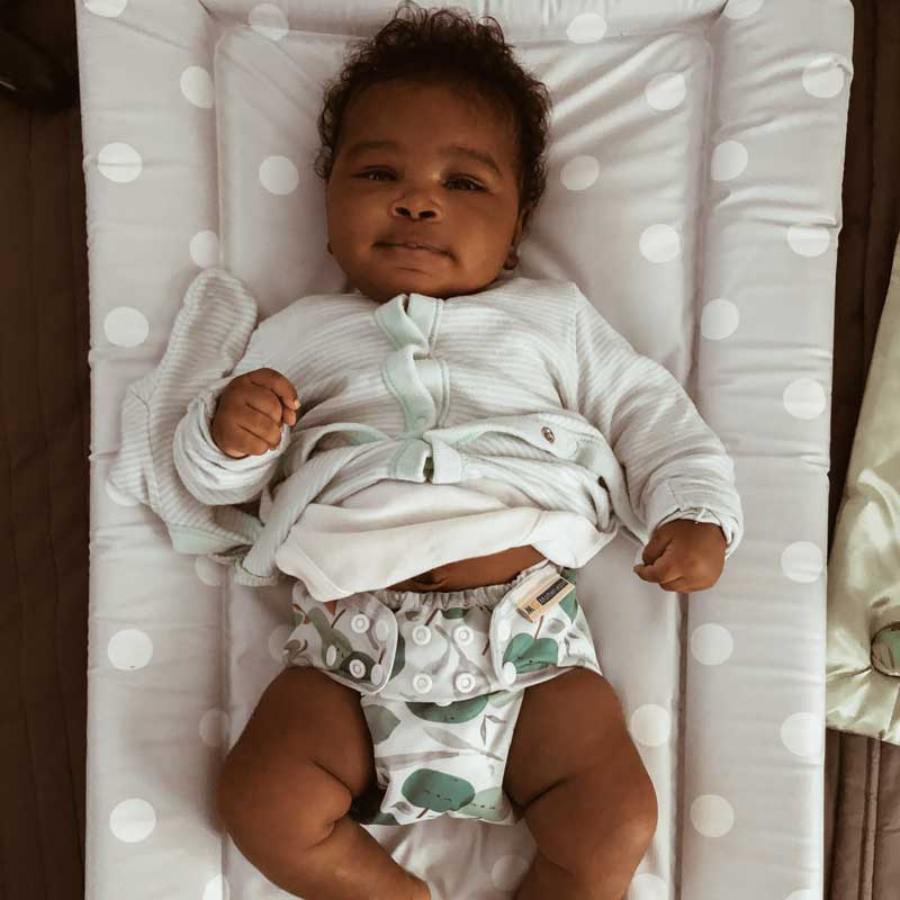
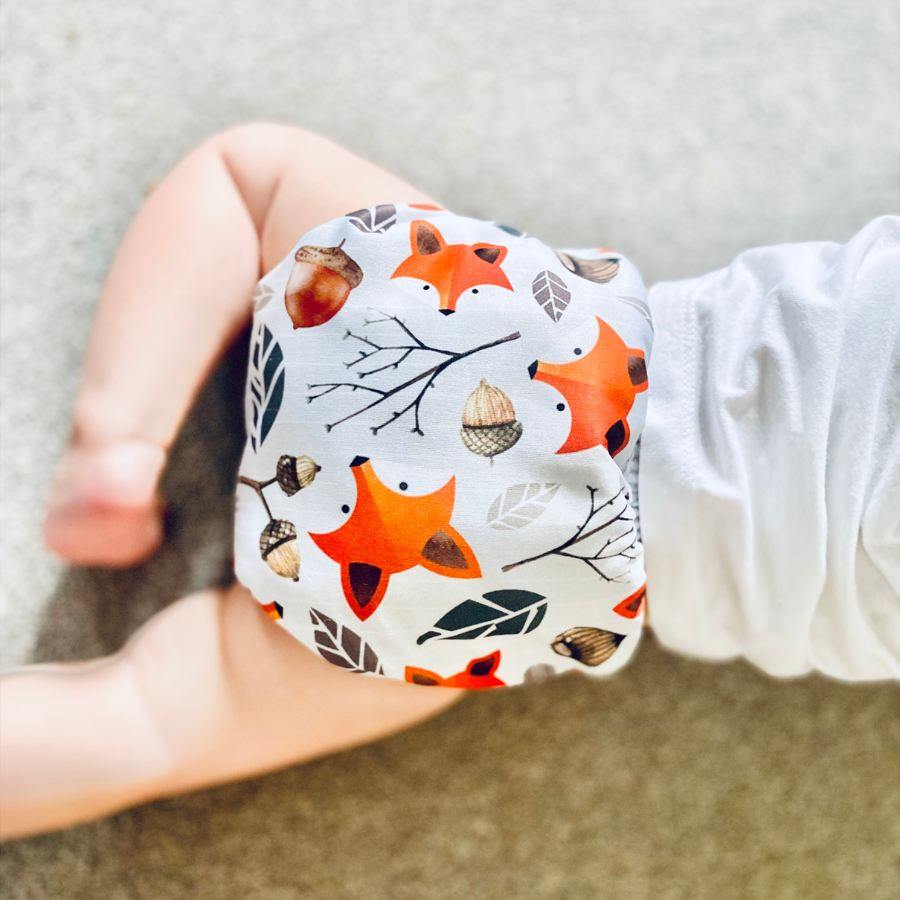
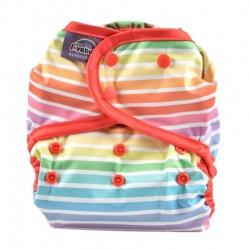
.jpg)
.jpg)
.jpg)
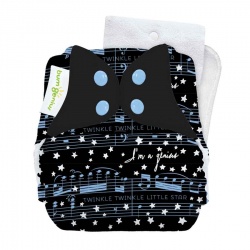

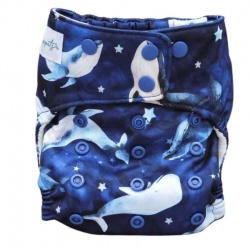
.jpg)
.jpg)
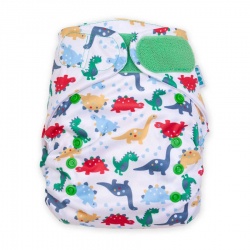
.jpg)
.jpg)
.jpg)
.jpg)
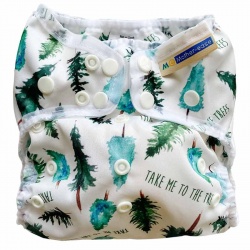
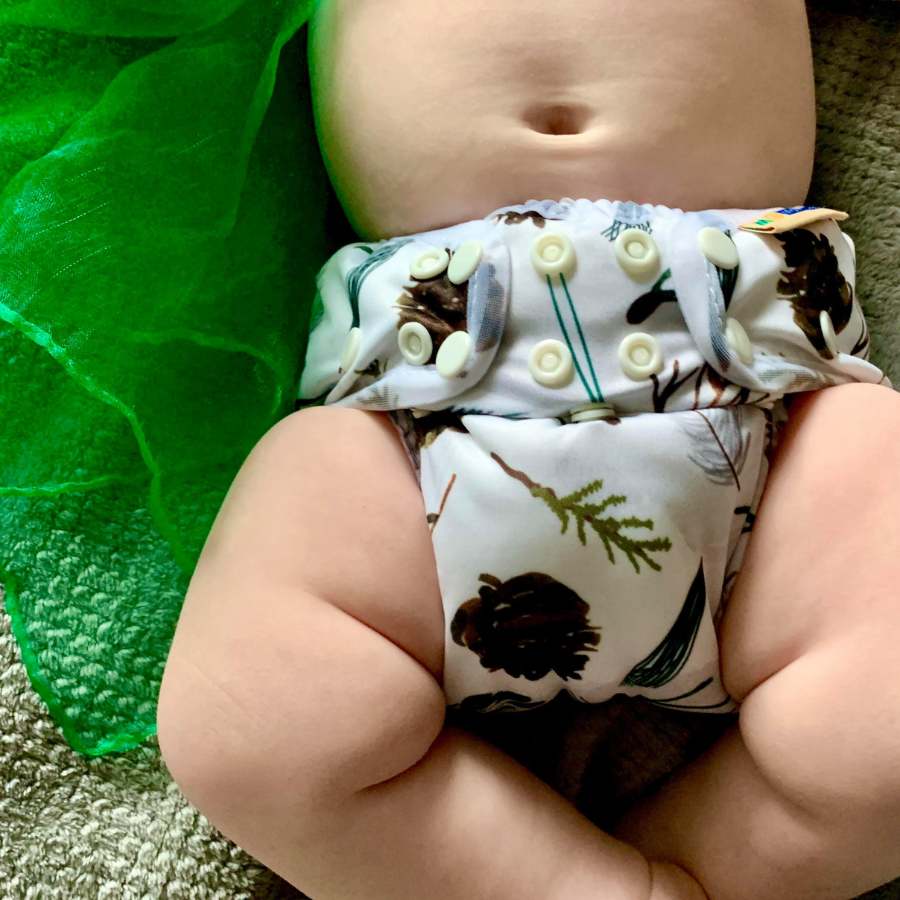
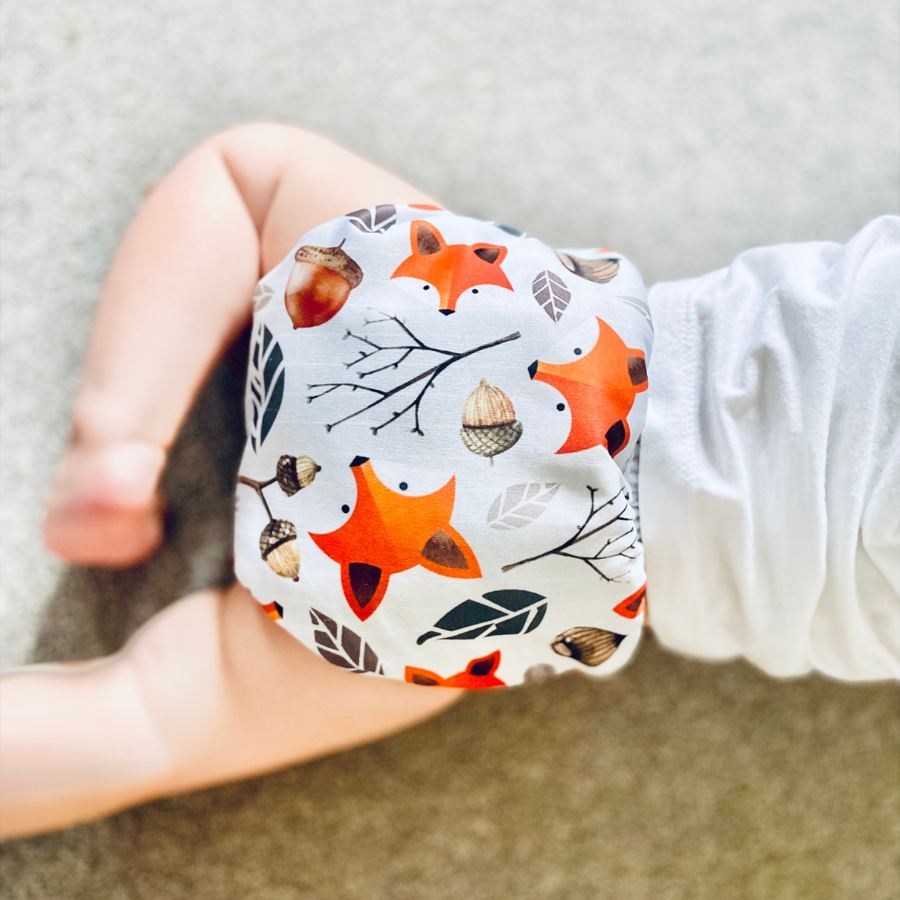
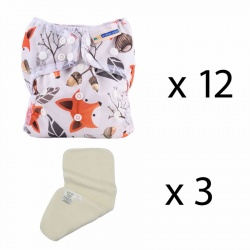
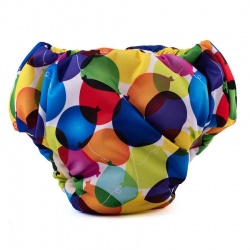
.jpg)
.jpg)
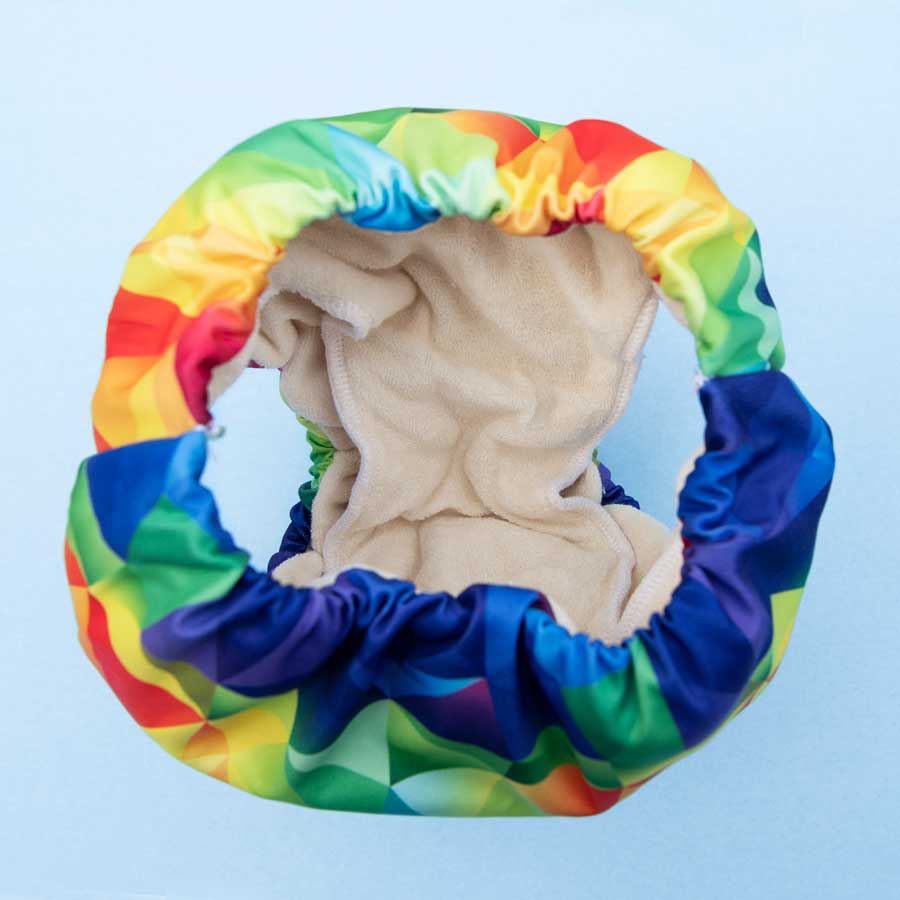
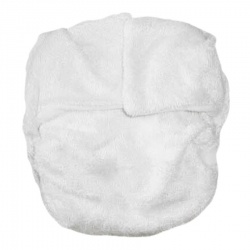
.jpg)
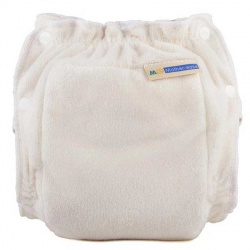
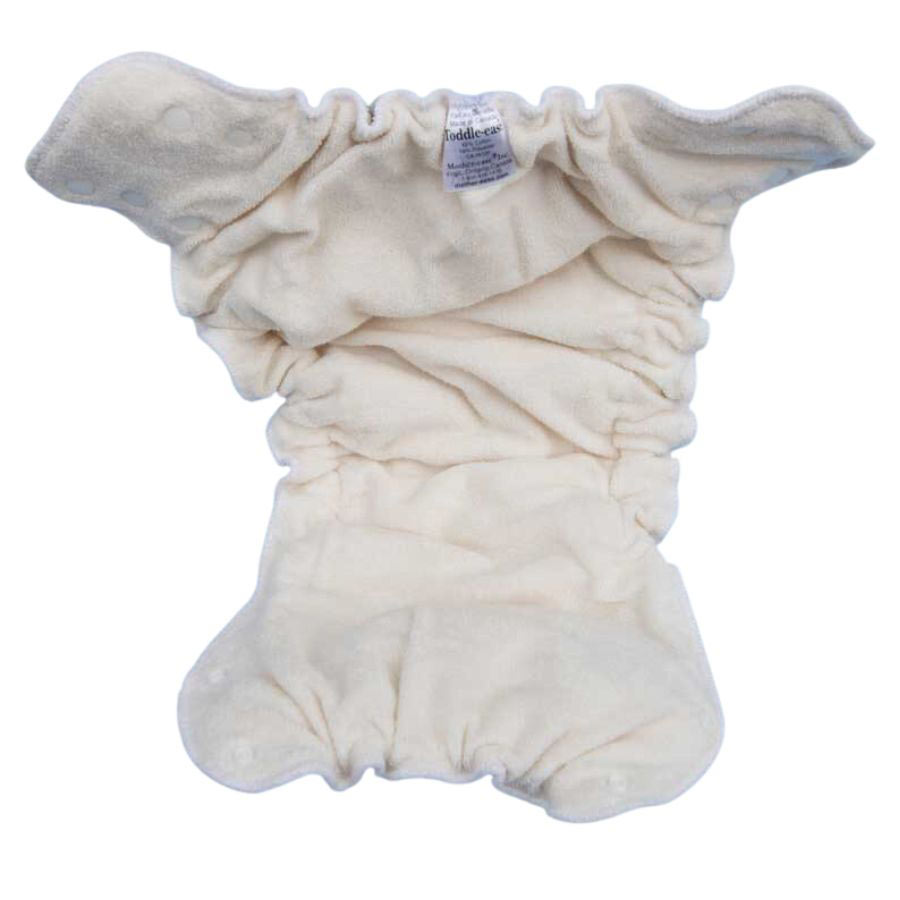
.jpg)
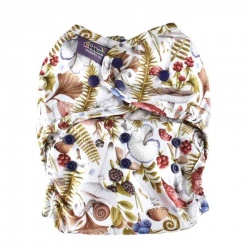
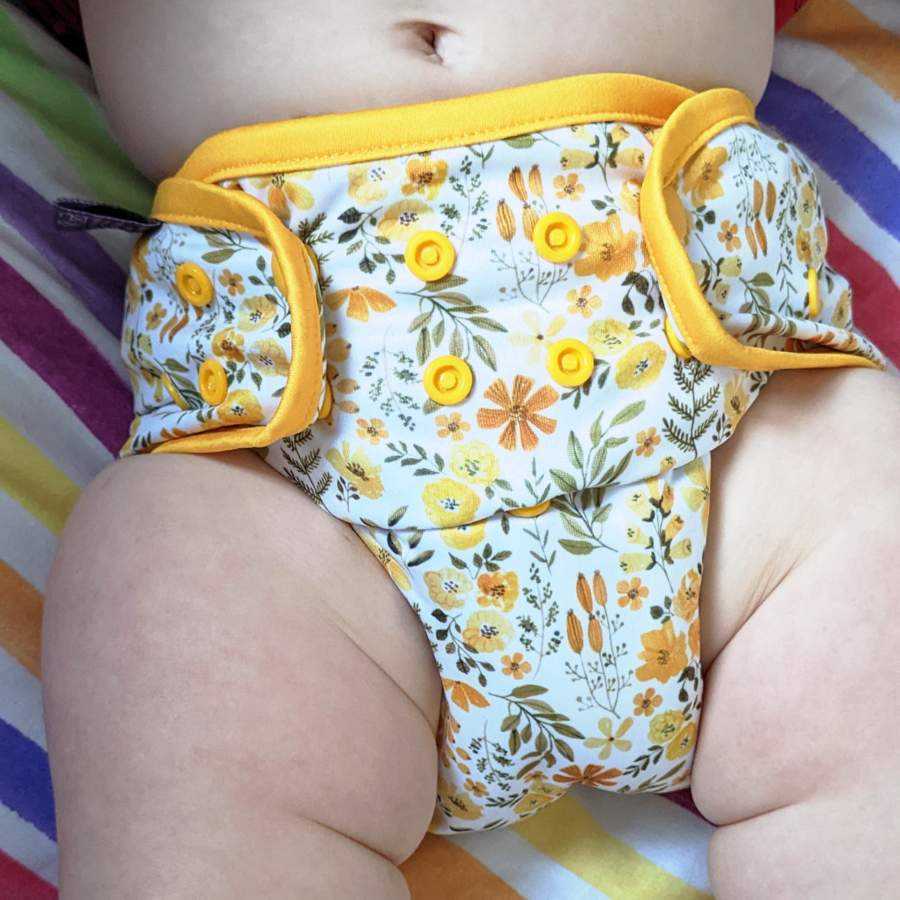
.jpg)
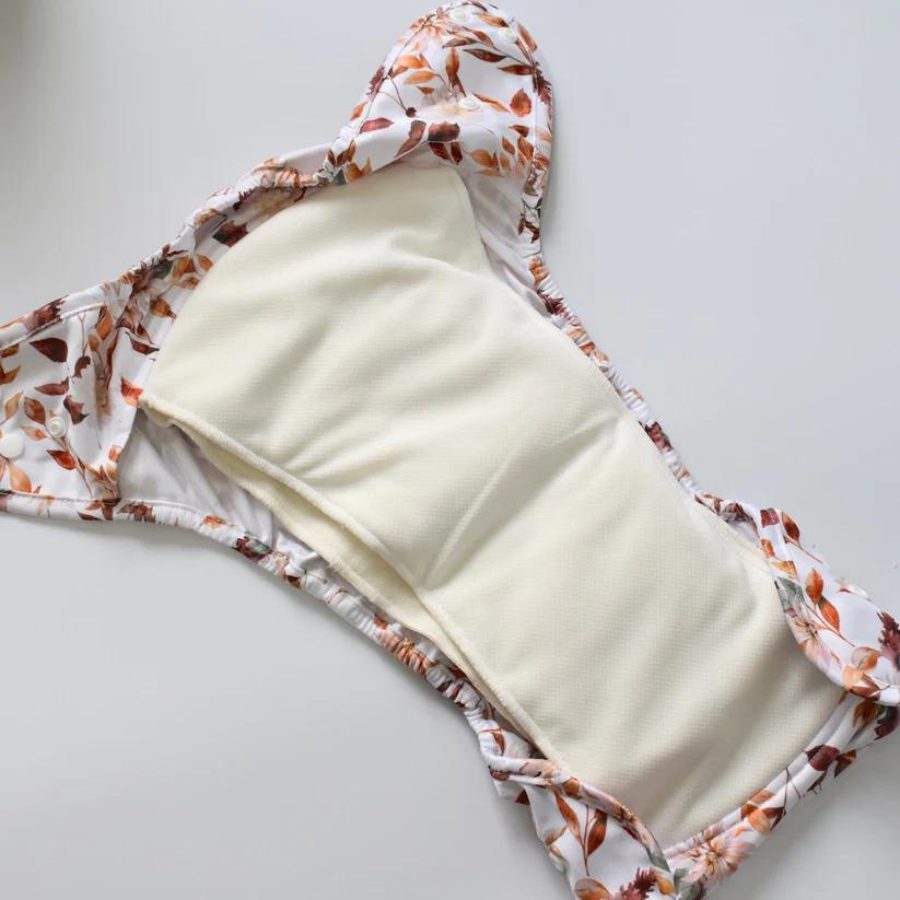
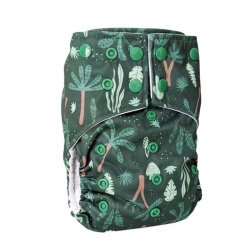
.jpg)
.jpg)
.jpg)
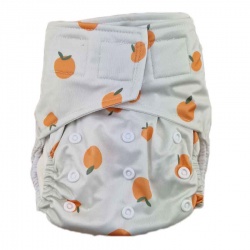

.jpg)
.jpg)
.jpg)
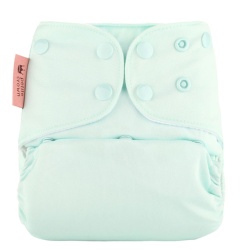
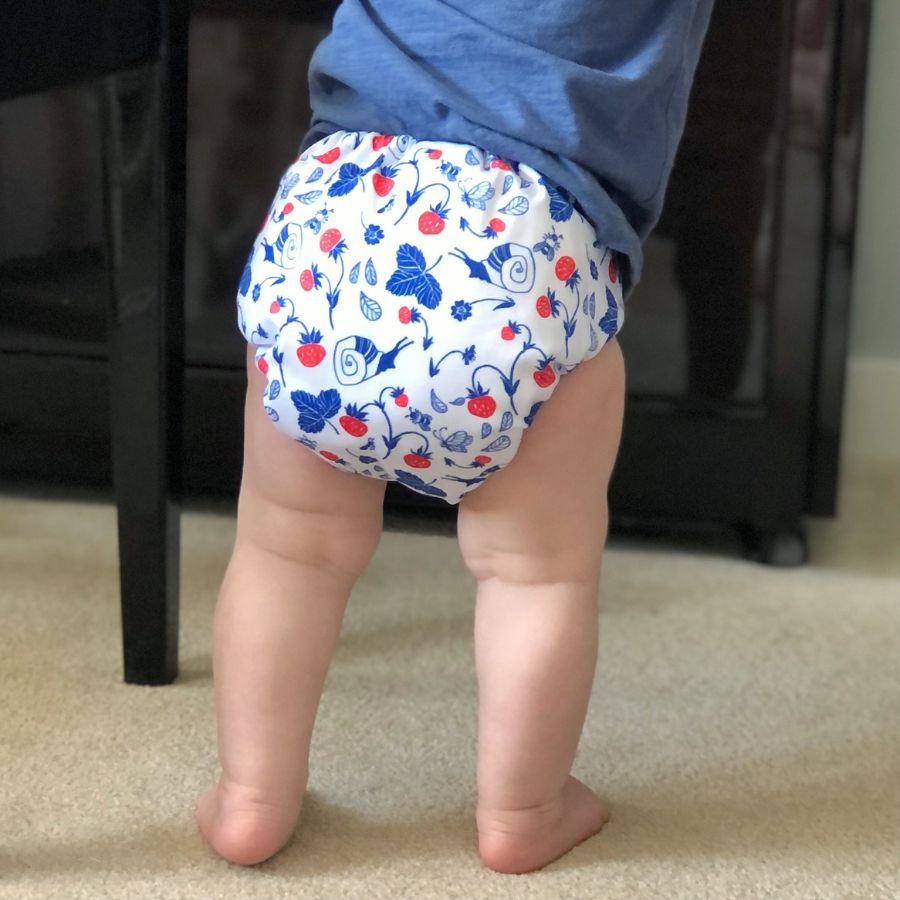
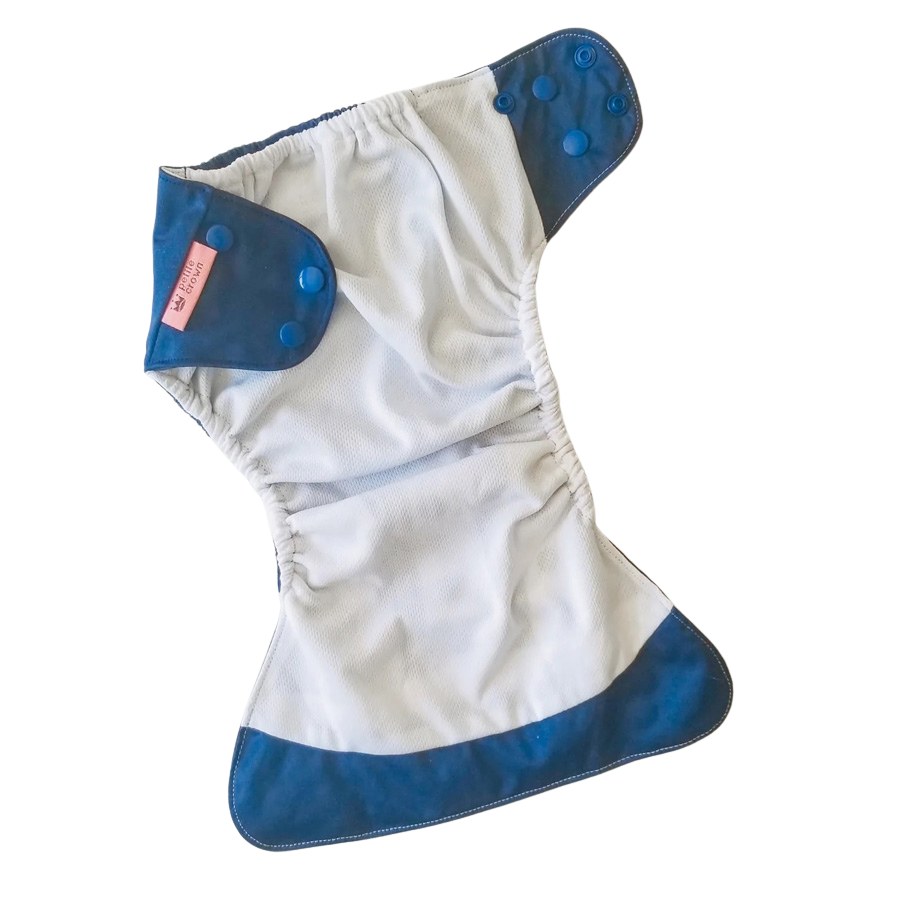

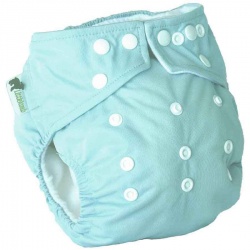
.jpg)
.jpg)
.jpg)
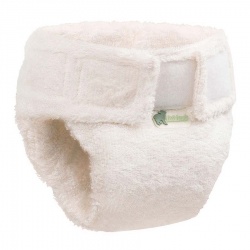
.jpg)
.jpg)
.jpg)
